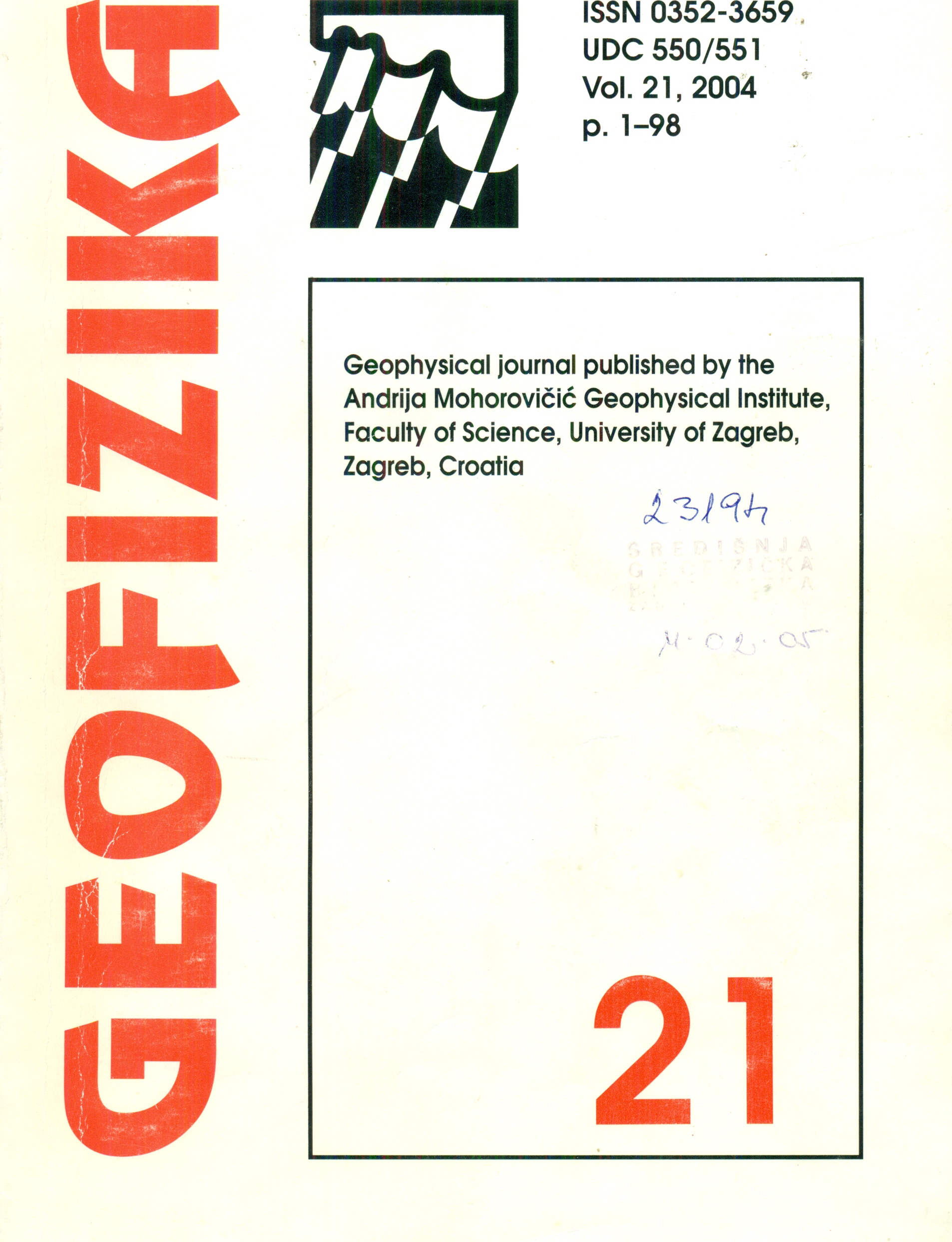Education and research: Initial development of the Atmospheric Lagrangian Particle Stochastic (ALPS) Dispersion Model
Keywords:
Student project, air quality modelling, idealized simulationsAbstract
The Atmospheric Lagrangian Particle Stochastic (ALPS) dispersion model was created as an experimental student project and tested under idealized and complex atmospheric and topographic conditions. The challenge of the project was to bring current scientific technology to the direct involvement of students in the framework of problem based learning educational theory. The model simulates dispersion of a passive scalar in the atmosphere by calculating a large number of Lagrangian particle trajectories. It uses meteorological model output to obtain mean meteorological fields. The predicted turbulence kinetic energy (TKE) from a higher order turbulence closure nonhydrostatic meteorological model is used for the simulations. Idealized tests showed that ALPS is correctly responding to different static stability conditions and associating dispersion of particles according to the magnitude of turbulence, satisfying the well-mixed criterion.
Downloads
Published
Issue
Section
License
Copyright (c) 2021 Geofizika journal

This work is licensed under a Creative Commons Attribution-NonCommercial 4.0 International License.

